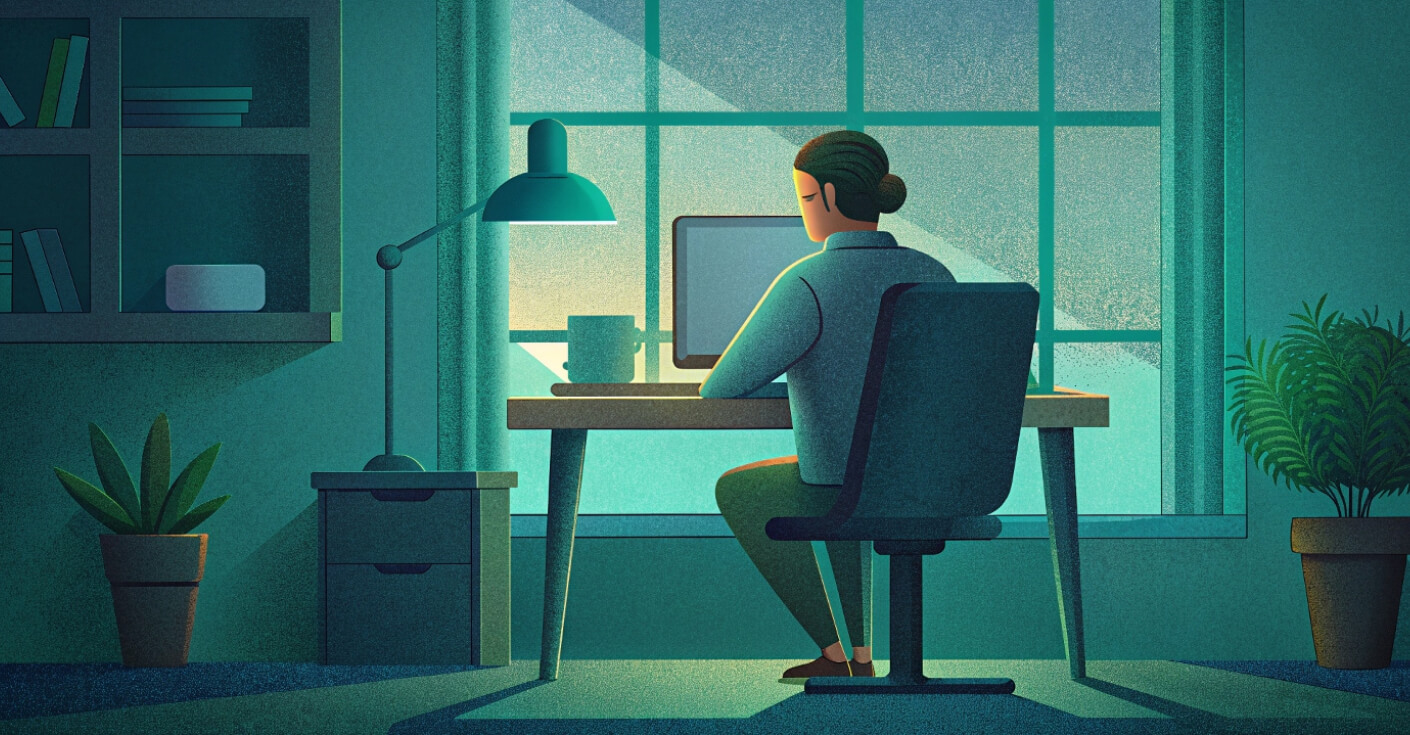Discover the leading AI translation tools that can help bridge language barriers in today’s fast-paced, globalized world.
AI translation software has transformed the landscape of communication by providing a quick, accurate, and cost-effective means of translating text.
With the rise of businesses expanding into new markets, understanding the nuances of language and culture has never been more critical.
In fact, the AI translation market is projected to exceed $1.3 trillion by 2029, highlighting the growing demand for effective localization solutions.
In this comprehensive guide, we’ll explore the top 10 best AI translation tools available in 2025.
Whether you’re a business professional seeking to enhance your global reach or a content creator aiming for precise localization, our research-backed list has you covered.
Key Takeaways
- AI translation tools are becoming essential for businesses looking to improve go-to-market speeds and conversion rates.
- The integration of context-aware translations enhances user experience and accuracy.
- Choosing the right tool can significantly impact your efficiency and effectiveness in multilingual communication.
Top 10 Picks for Best AI Translation Tools
- Transifex – Best for comprehensive localization management.
- DeepL – Best for nuanced translations and user-friendly interface.
- Google Translate – Best for free, versatile translation options.
- Microsoft Translator – Best for enterprise-level integrations.
- Lokalise AI – Best for translation management with generative AI features.
- ChatGPT – Best for context-driven conversational translations.
- Amazon Translate – Best for scalable cloud-based translation services.
- Bing Microsoft Translator – Best for easy integration with Microsoft products.
- Taia – Best for a hybrid approach of AI and human editing.
- TextUnited – Best for collaborative translation services with CMS integration.
How We Evaluated Best AI Translation Tools
The evaluation process for the best AI translation tools focused on these key criteria:
- Accuracy: Examined the effectiveness of translations in reflecting the original context and meaning.
- Features: Reviewed functionalities such as real-time translation, language support, and customization options.
- Pricing: Analyzed affordability and value for various user types, including free and paid options.
- User Experience: Considered ease of use and interface design based on user feedback and testing.
- Integration: Evaluated how well each tool integrates with other software and platforms, especially content management systems.
The methodology included extensive online research, user reviews, and comparisons of features and pricing to ensure a comprehensive overview of the tools available.
Best AI Translation Tools Comparison Table
| Software | Best For | Key Features | Pricing | Free Plan | Platforms Available |
|---|---|---|---|---|---|
| Transifex | Localization management | 450+ languages, real-time SEO | Custom pricing | Yes | Web, iOS, Android |
| DeepL | Natural translations | 31 languages, custom glossaries | €8.74/mo | Yes | Web, Mac, Windows |
| Google Translate | Versatility | 130+ languages, text and image | Free | Yes | Web, iOS, Android |
| Microsoft Translator | Enterprise solutions | 100+ languages, customizable | Free, enterprise pricing | Yes | Web, iOS, Android |
| Lokalise AI | Generative AI | 30 languages, translation memory | From $0.01/word | Yes | Web |
| ChatGPT | Context-driven | 50+ languages, conversational | $0.06/1K tokens | No | Web, API |
| Amazon Translate | Scalability | Real-time translation | Pay-as-you-go | No | Web |
| Bing Microsoft Translator | Microsoft integration | Text, speech, image | Free | Yes | Web, iOS, Android |
| Taia | Hybrid approach | 68 file formats | From $0.002/word | No | Web |
| TextUnited | Collaboration | CMS integration | €1,299/mo | Yes | Web |
1. Transifex
Best for comprehensive localization management
Transifex is an all-in-one localization platform that streamlines the translation process with AI capabilities.
It supports over 450 languages and offers real-time localization and SEO optimization, making it ideal for businesses looking to enhance their global reach. With context-based translations, Transifex ensures that your content resonates with your target audience.
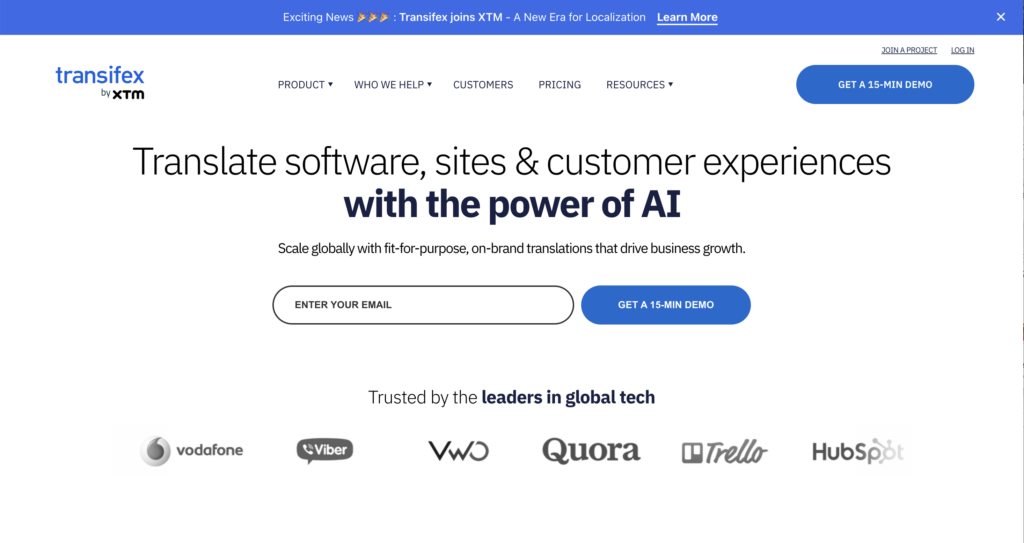
Pros
- Extensive language support.
- Real-time collaboration features.
- Integrates with various content management systems.
Cons
- Pricing can be high for small businesses.
- Steeper learning curve for new users.
Key Features
- Language Support: Over 450 languages for diverse content needs.
- Real-Time SEO Optimization: Helps in maintaining search visibility.
- Context-Based Translations: Ensures cultural relevance and accuracy.
Pricing
Transifex offers a free plan for up to 20,000 characters per month, with paid plans varying based on usage. For detailed pricing, visit the pricing page.
2. DeepL
Best for nuanced translations and user-friendly interface
DeepL is renowned for delivering high-quality translations that often surpass competitors in terms of natural language flow.
It supports 31 languages and provides features like custom glossaries and document translation, making it an excellent choice for professionals and businesses alike.

Pros
- High-quality, natural-sounding translations.
- Easy-to-use interface.
- Custom glossary options for specific terminology.
Cons
- Limited language support compared to Google Translate.
- Pro version required for advanced features.
Key Features
- Document Translation: Supports various file formats for seamless translation.
- Custom Glossaries: Ensures consistency in terminology.
- User-Friendly Interface: Simplifies the translation process.
Pricing
DeepL offers a free plan with basic features, while the Pro version starts at €8.74/month. For more details, check the pricing page.
3. Google Translate
Best for free, versatile translation options
Google Translate remains the most widely used translation tool globally, thanks to its extensive language support and diverse functionality. It enables text, voice, and image translations across over 130 languages.

Pros
- Completely free to use.
- Wide range of supported languages.
- Voice and image translation capabilities.
Cons
- Accuracy can vary, especially with complex phrases.
- Lacks context in some translations.
Key Features
- Text and Image Translation: Versatile functionality for different content types.
- Voice Translation: Facilitates communication in real-time conversations.
- Extensive Language Support: Covers over 130 languages.
Pricing
Google Translate is entirely free to use with no hidden costs.
4. Microsoft Translator
Best for enterprise-level integrations
Microsoft Translator is a robust translation tool that offers extensive language support and customizable features, making it ideal for enterprise applications and integration into existing systems.
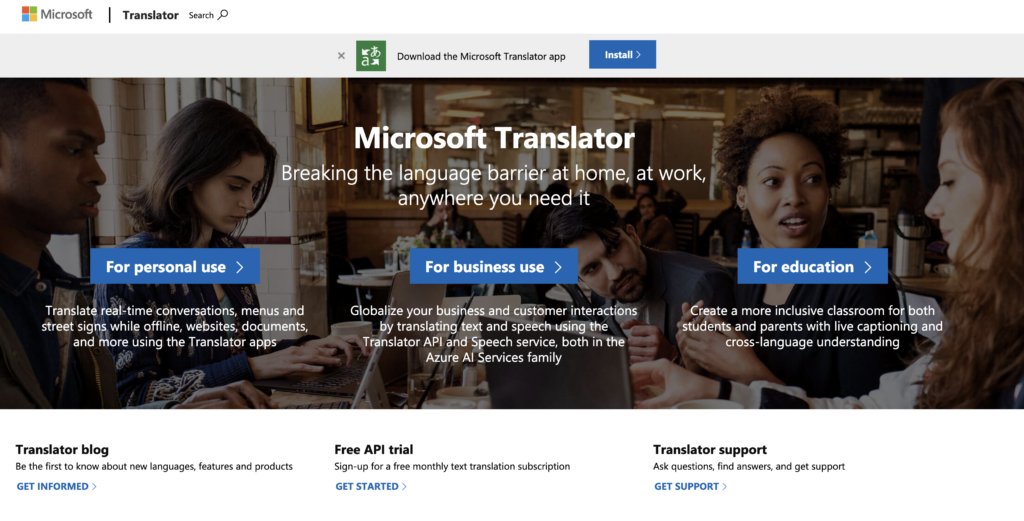
Pros
- Strong integration with Microsoft products.
- Customizable with glossaries for specific industries.
- Supports a wide range of languages.
Cons
- Free version has limitations on usage.
- User interface can be complex for new users.
Key Features
- Customizable Glossaries: Adapt translations to fit industry-specific terminology.
- Wide Language Support: Over 100 languages available.
- Real-Time Translation: Ideal for live conversations.
Pricing
Microsoft Translator offers a free version for basic use, with enterprise solutions available for a fee. For more information, visit the pricing page.
5. Lokalise AI
Best for translation management with generative AI features
Lokalise AI combines traditional translation management with the power of generative AI, providing a unique solution for businesses looking to enhance their localization efforts.
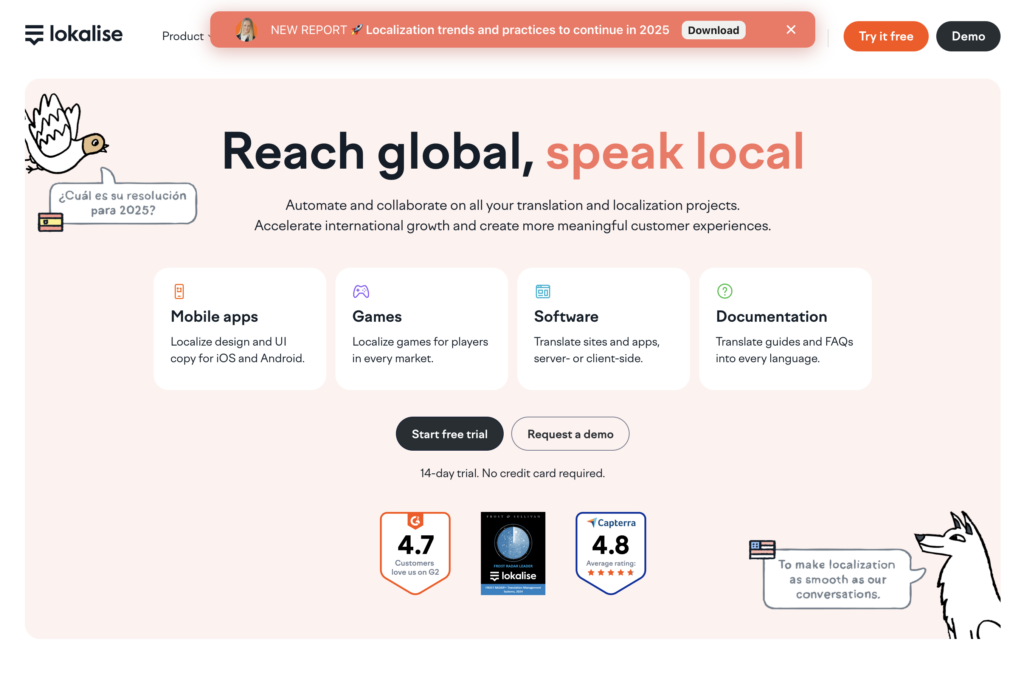
Pros
- Integrates translation memory for improved efficiency.
- Supports real-time collaboration among teams.
- Offers a user-friendly interface.
Cons
- Pricing can be complex depending on usage.
- Limited language support compared to competitors.
Key Features
- Translation Memory: Reuses previously translated content for consistency.
- Style Guides: Helps maintain brand voice across translations.
- Real-Time Collaboration: Facilitates teamwork during translation projects.
Pricing
Lokalise AI pricing starts from $0.01 per word, depending on volume. For more details, check the pricing page.
6. ChatGPT
Best for context-driven conversational translations
ChatGPT is a versatile generative AI tool that excels in providing context-aware translations across 50+ languages, making it suitable for interactive applications.
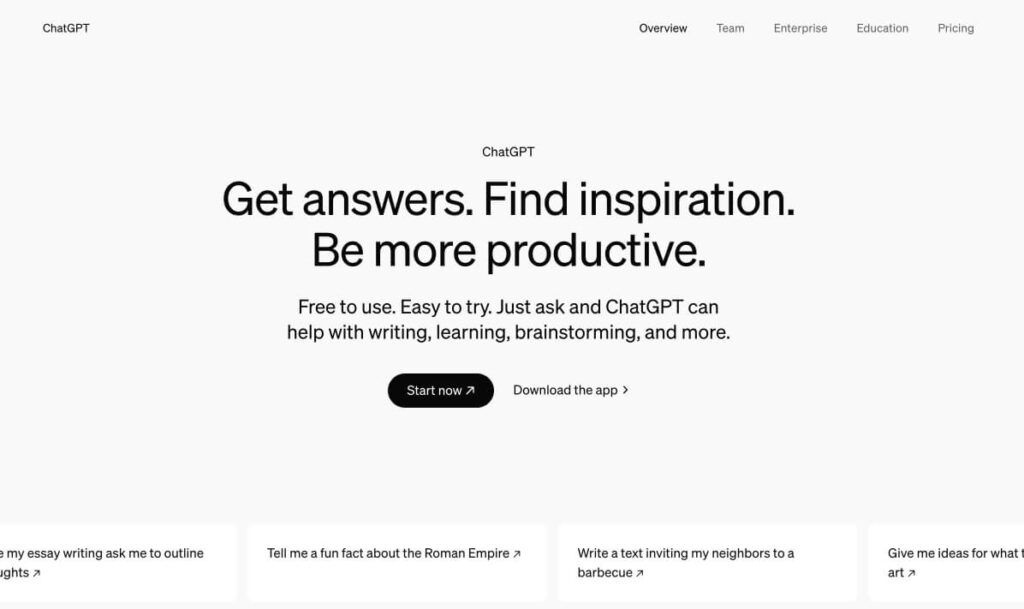
Pros
- High-quality conversational translations.
- Adapts to context and user intent.
- Versatile use cases beyond translation.
Cons
- Pricing based on token usage can add up quickly.
- Requires internet access for use.
Key Features
- Contextual Understanding: Delivers translations that are contextually relevant.
- Versatile Language Support: Supports over 50 languages.
- Interactive Capabilities: Engages users in a conversational manner.
Pricing
ChatGPT pricing is $0.06 per 1K tokens for input and $0.12 for output. For further details, visit the pricing page.
7. Amazon Translate
Best for scalable cloud-based translation services
Amazon Translate is a cloud-based service designed for fast and scalable translations, making it ideal for businesses with high-volume translation needs.

Pros
- Scalable for large projects.
- Real-time translation capabilities.
- Integrates well with other AWS services.
Cons
- Pay-as-you-go model can become expensive.
- Limited features compared to dedicated translation tools.
Key Features
- Real-Time Translation: Supports immediate translation for user-generated content.
- Scalable Infrastructure: Handles large volumes of translations efficiently.
- Integration with AWS: Seamlessly connects with other AWS applications.
Pricing
Amazon Translate operates on a pay-as-you-go pricing model based on the number of characters translated. For more details, visit the pricing page.
8. Bing Microsoft Translator
Best for easy integration with Microsoft products
Bing Microsoft Translator provides a user-friendly tool with strong language support and integration capabilities, particularly within the Microsoft ecosystem.
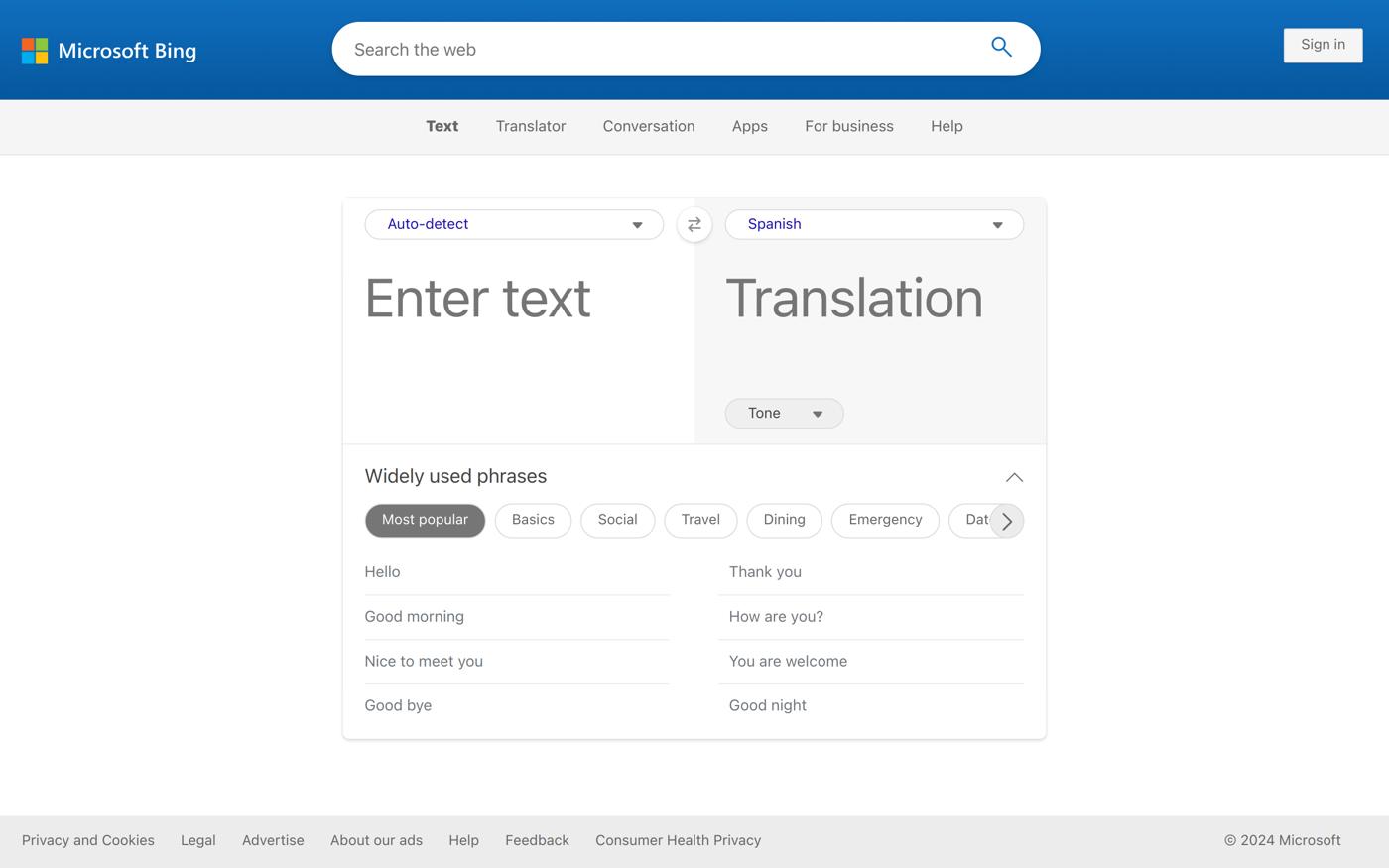
Pros
- Free to use with no hidden costs.
- Easy integration with Microsoft applications.
- Supports text, speech, and image translation.
Cons
- Limited advanced features compared to competitors.
- May not handle complex phrases as accurately.
Key Features
- Text, Speech, and Image Translation: Versatile functionality for various media.
- Integration with Microsoft Products: Seamless use within Office applications.
- User-Friendly Interface: Simplifies the translation process.
Pricing
Bing Microsoft Translator is completely free to use with no charges.
9. Taia
Best for a hybrid approach of AI and human editing
Taia combines AI-assisted translation with human editing, ensuring high-quality output while maintaining efficiency.
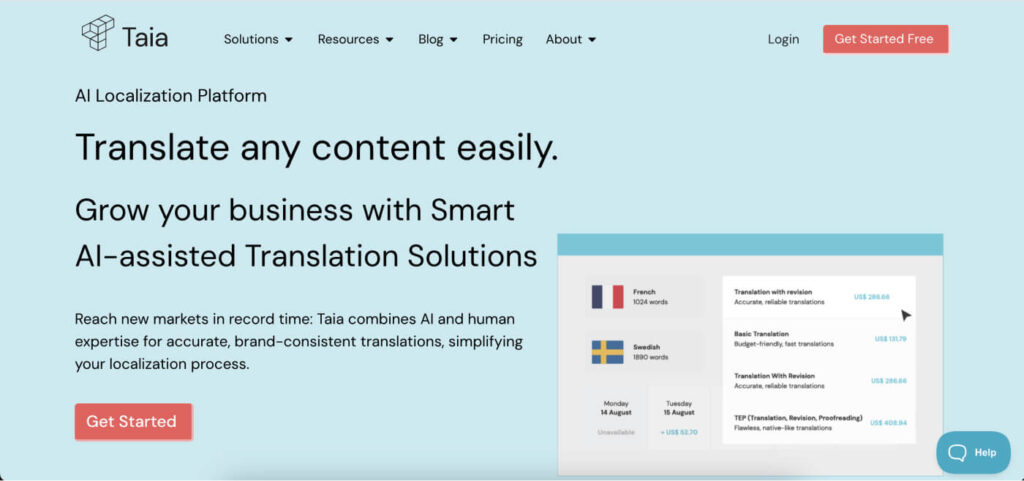
Pros
- Supports 68 file formats.
- Provides instant rate estimates for projects.
- Combines AI speed with human accuracy.
Cons
- Pricing can be high for small projects.
- Limited language support compared to larger platforms.
Key Features
- Hybrid Translation Approach: Mix of machine and human translation for best results.
- File Format Support: Handles various document types efficiently.
- Instant Rate Estimates: Quick project cost assessments.
Pricing
Taia offers services starting from $0.002 per word. For more details, visit their website.
10. TextUnited
Best for collaborative translation services with CMS integration
TextUnited offers straightforward and fast translation services, emphasizing collaboration and integration with content management systems.
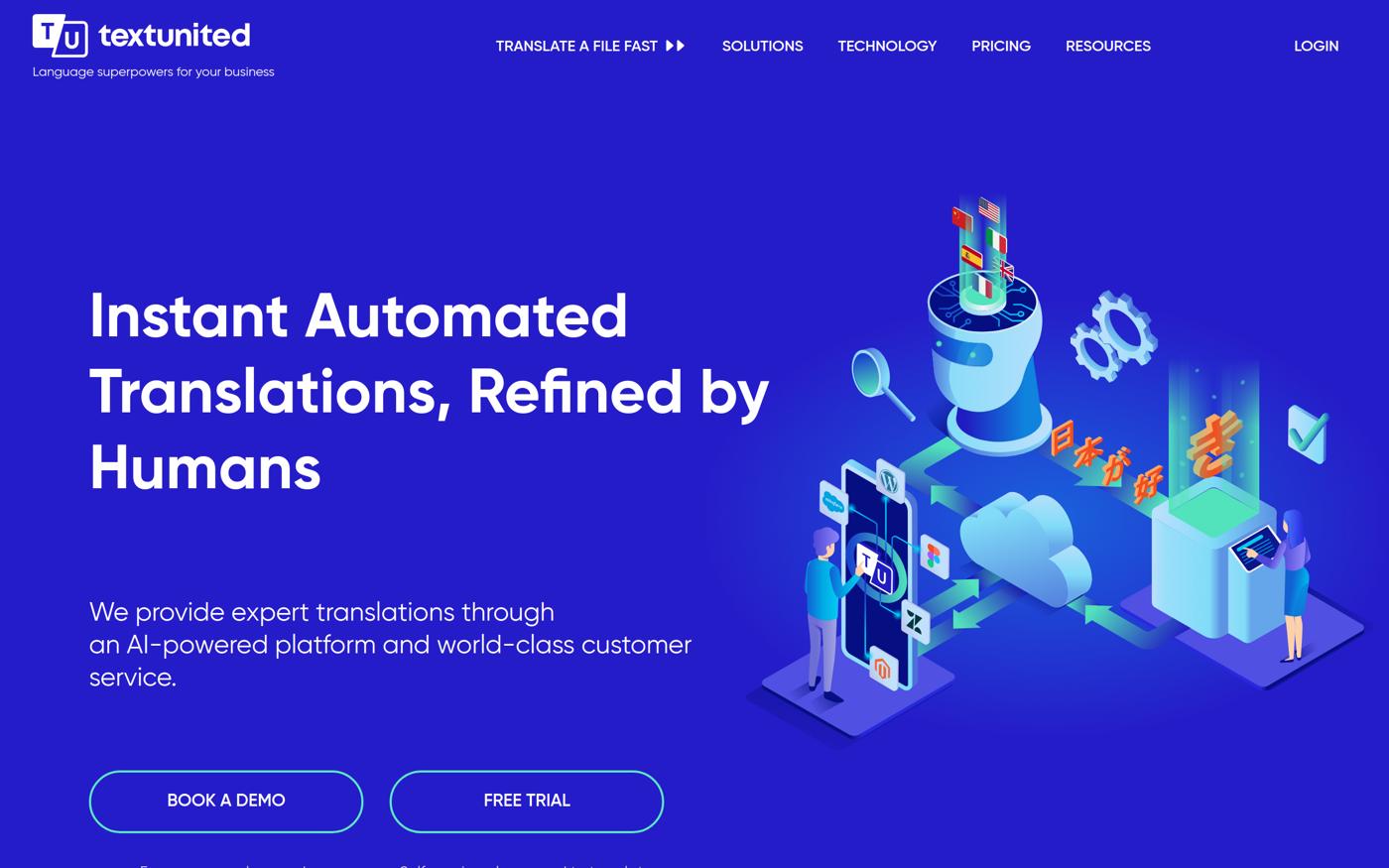
Pros
- Integrates with various CMS tools.
- Offers a free trial for new users.
- Focuses on collaborative efforts in translation projects.
Cons
- Limited language support compared to others.
- Monthly pricing may be high for low-volume users.
Key Features
- CMS Integration: Connects seamlessly with popular content management systems.
- Collaborative Tools: Encourages teamwork during translation projects.
- Free Trial Available: Allows users to test the service before committing.
Pricing
TextUnited’s pricing starts at €1,299/month for 150,000 words. For more details, check the pricing page.
In an increasingly digital environment, effective communication is key to success. However, you can often be distracted by constant pop-up messages from websites. This hinders your productivity and can even create unnecessary information noise. Get rid of these distractions by learning how to silence them and enjoy an uninterrupted workflow. No matter what you’re doing – working on content creation or using the best AI translators – it is highly valuable to have a clean workspace to help you focus better.
How to Choose the Right Best AI Translation Tools for Your Needs
Selecting the ideal AI translation tool depends on your specific requirements and use case. Consider these crucial factors:
- Accuracy: Look for tools that provide contextually accurate translations.
- Integration: Ensure compatibility with your existing systems and workflows.
- Scalability: Choose a solution that can grow with your needs.
- Budget: Consider your budget constraints and the ROI of each tool.
Emerging Trends in Best AI Translation Tools
The AI translation landscape is continually evolving, with a few key trends shaping its future:
- Generative AI: The rise of generative AI tools is leading to faster and more nuanced translations, enhancing the user experience.
- Data Security: As businesses increasingly rely on AI translation, concerns regarding data privacy and security are prompting the development of more secure tools.
- Integration with CMS: The demand for seamless integration with content management systems is growing, allowing for more efficient translation workflows.
Making the Right Choice
Selecting the right AI translation tool can significantly impact your communication across language barriers.
Whether you’re a business looking to localize content or an individual needing quick translations, these tools offer a variety of functionalities tailored to meet diverse needs.
Take the time to evaluate your specific requirements and explore our top picks to find the tool that best suits your needs.
Frequently Asked Questions
Most common questions occurring when choosing the best AI translation tools.
What are the best AI translation tools available in 2025?
The top AI translation tools include Transifex, DeepL, Google Translate, Microsoft Translator, and more, each offering unique features for different user needs.
How accurate is Google Translate compared to DeepL?
While Google Translate offers extensive language support, DeepL is often praised for delivering more natural-sounding translations, particularly for nuanced content.
Are there free AI translation tools that also offer premium features?
Yes, tools like Google Translate and DeepL offer free versions with essential features, while premium options provide advanced functionalities at a cost.
What are the pricing models for AI translation services?
Pricing models vary; some tools offer pay-as-you-go pricing, while others have subscription-based models. Be sure to review the pricing pages for specifics.
What future trends should we expect in AI translation tools?
Emerging trends include the integration of generative AI for more accurate translations, increasing focus on data security, and enhanced collaboration features within translation management systems.
Choosing the right AI translation tool is essential for effective communication in our interconnected world. Evaluate your options, consider your needs, and select the tool that will best support your translation projects.
